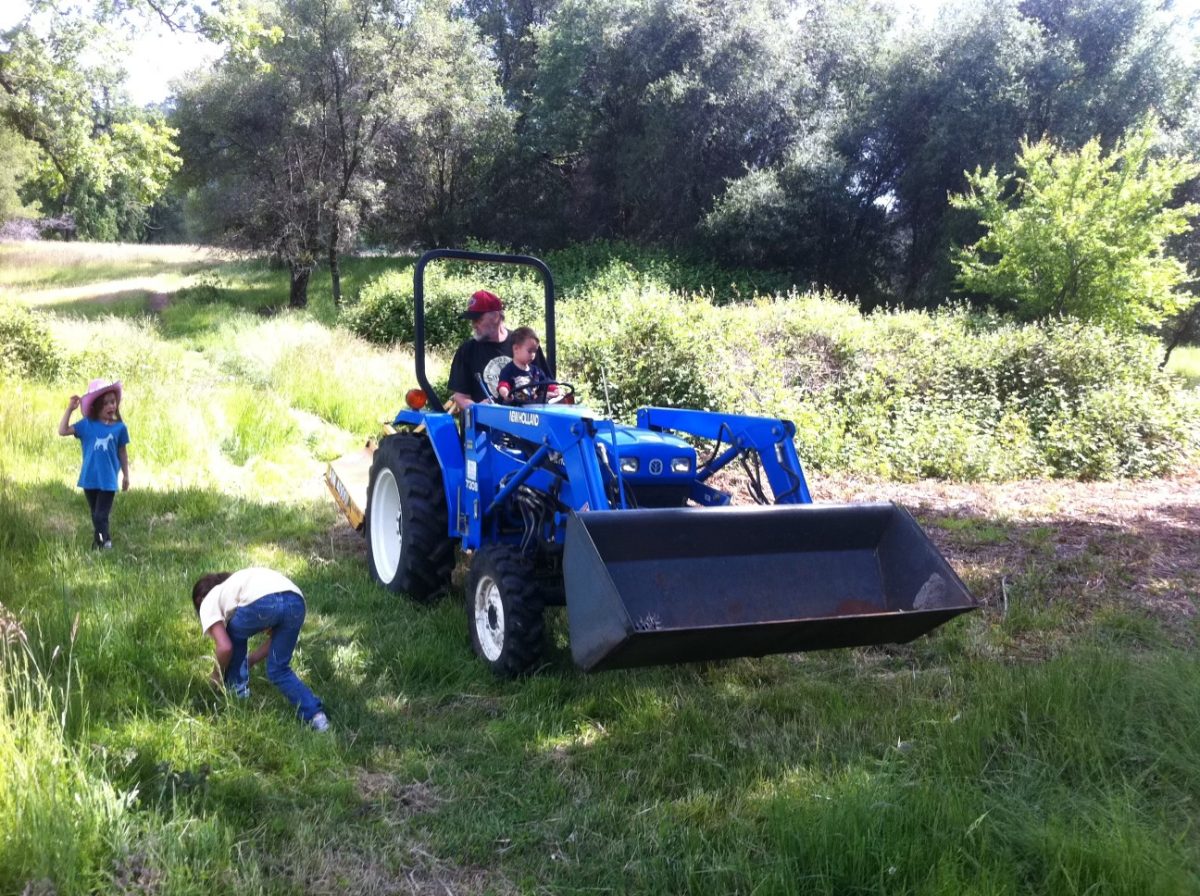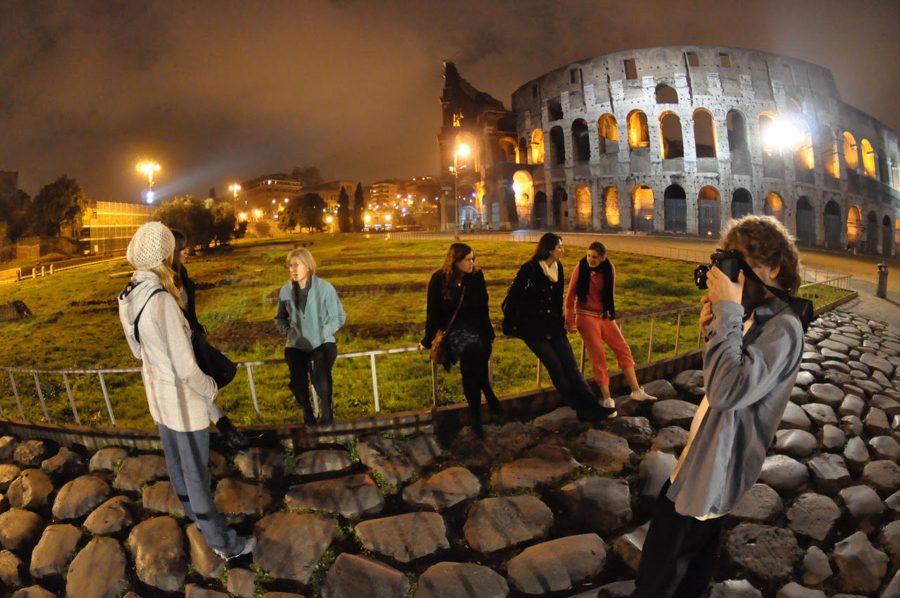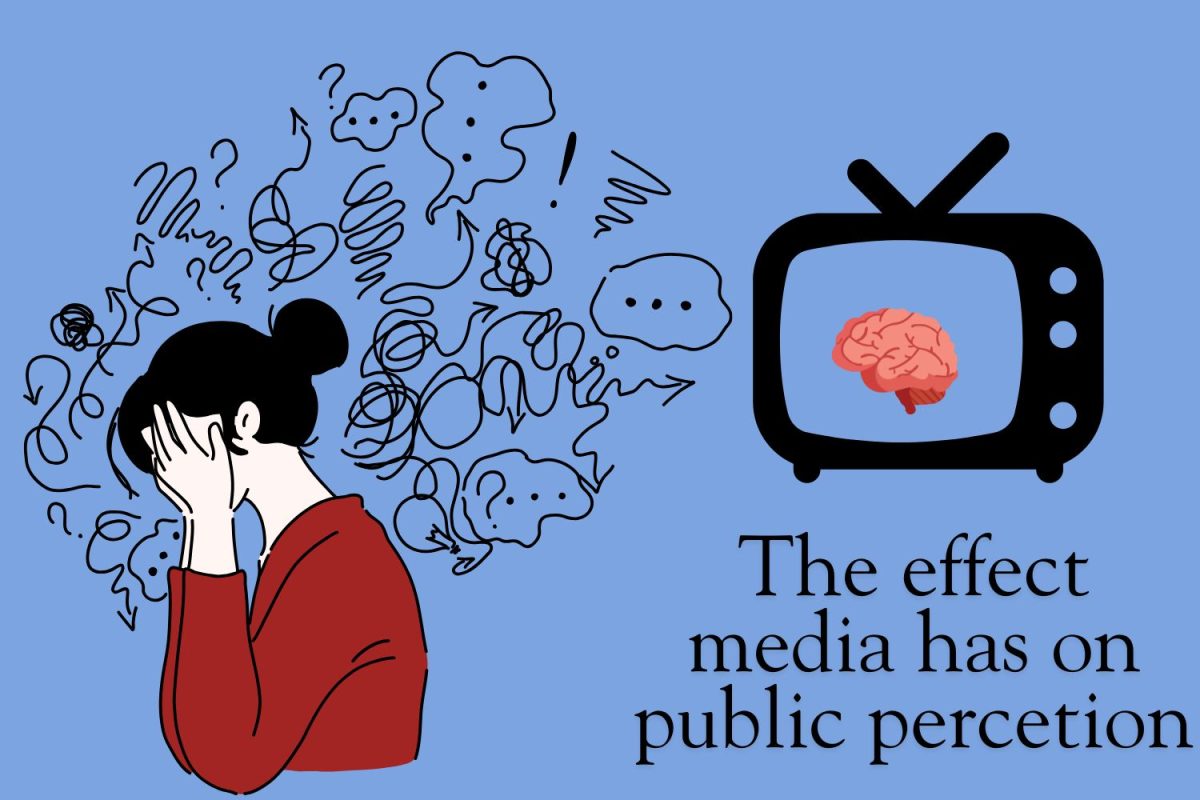Is it a coincidence that poachers have poisoned over 60 elephants with cyanide in the past month at the same national park where Cecil the lion was shot and killed by an American dentist?
The latest poisoned elephants were found in the Sinamatella area of Hwange National Park in Zimbabwe. Rangers found 22 more elephant carcasses in a very remote area of the park in late October.
Rangers found 11 in Hwange while they found three more in Matusadona National Park. The poachers were able to escape with three of the elephants’ tusks, but park rangers have been able to recover 35.
To kill the elephants, poachers had dropped cyanide in waterholes and salt licks. Not only did this kill elephants, other animals were found dead like lions, hyenas, and vultures. Officials believe it is being stolen from gold mines where the chemical is used to separate gold and silver particles.
In order to protect the animals in the park, Zimbabwe officials had a military of 600 soldiers guard the borders. They also added over 2,000 rangers to the park.
The main question is, was this enough?
As of Monday, Nov. 2, the United States House of Representatives passed the anti-poaching bill inspired by Cecil the Lion’s death. The bill increases punishments for wildlife traffickers, making the penalties comparable to that of a weapon or drug trafficker.
Cyanide is a silent killer that acts quickly and affects the animals in many ways.
The animals’ cells die because it stops the cells from being able to use oxygen. The heart and brain suffer the most because those two organs use the most oxygen.
Although the poachers’ main targets are elephants, other animals in the region are being poisoned as well. Cyanide contaminates the rest of the environment and spreads fast with rain. Rangers are trying to act fast as the rain season is quickly approaching.
Unfortunately, cyanide can be very hard to discover immediately. The symptoms of the poisoning are similar to that of being suffocated.
Sinamatella was established in 1966 and is located about 75 miles away from Hwange’s main camp. This area is considered an intensive protection zone.
These zones are areas where animals are transported to be safer than in the countries that they live in. Like elephants, rhinos are popular within the poaching community.
In 2014, rhinos were placed in these sections with battery-operated collars. The collars are tracked, but need their batteries replaced every year.
Their horns are often taken to Asia as it is used as a traditional medicine. In Vietnam, it is believed that the rhino’s horn powder can cure cancer and hangovers.
In 2013 alone, over 300 elephants were killed for their tusks that contained ivory. This was considered to be the most horrific massacre in the region in the last 25 years.
If poachers are able to go under radar and kill mass numbers of animals with the rangers patrolling around the park, how safe are these animals? Are poachers paying off the park rangers?
Maybe the answer is to add more military presence to the scene. More investigation needs to be done as the poachers are committing a crime that is deadly to the wildlife.
The main impact on our world and ecosystem is the rapidly increasing extinction of various species. If we continue to allow poachers to kill off these beautiful animals, they won’t be around much longer.













